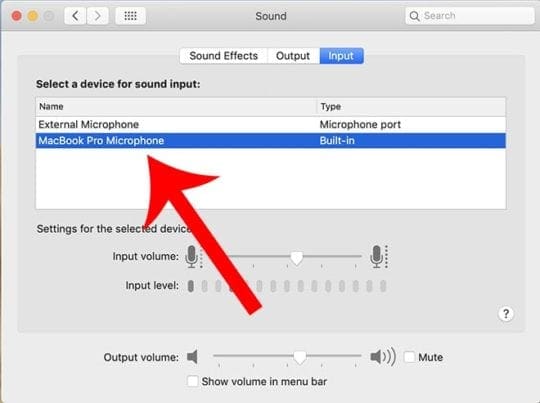
- MACBOOK ADD BLUETOOTH DEVICE HOW TO
- MACBOOK ADD BLUETOOTH DEVICE UPGRADE
- MACBOOK ADD BLUETOOTH DEVICE MAC
Now, while you’re here, you might want to check the “Advanced” Bluetooth configuration options too. In this case, however, the icon kind of makes sense because the laser pointer simulates a keyboard so that the forward and backward buttons are the equivalent of the right and left arrows on a keyboard. Again, don’t worry if the icon doesn’t match your expectation: Once it’s paired you’ll see it listed as “Connected”. If that happens, simply try again after you put the device in pairing mode again. Most of the time it works, but some devices can get cranky and refuse to pair. Speakers often show up as model numbers too, like R44040x.1 so if it’s the only device you see listed, odds are good that’s what you’re trying to pair.Ĭlick on “ Connect” and cross your fingers. In any case, yes, ST-APA is indeed the laser pointer. It should show up something like this:ĭevices often have weird names that aren’t what you and I would use, but I believe there’s a registry where devices have to register their names or similar.
MACBOOK ADD BLUETOOTH DEVICE MAC
Once the device is in pairing mode scroll down to the bottom of the device list in the Mac Bluetooth preferences. With the Satechi, it’s the combination of pushing the forward and backward buttons: Now that the Bluetooth is turned on, you’ll want to switch your attention to the presentation device, headphones, speaker, whatever, and put it into pairing mode. Just click “Turn Bluetooth On”.Īfter a moment or two you’ll see it power up and a list of all devices that have previous paired with your computer (if any). If you see the above, well, you’ve got Bluetooth turned off. With that ready to go, start by going to System Preferences > Bluetooth off the Apple menu or, better, entering “bluetooth pref” into Spotlight. Your device will likely vary, but there’ll be some weird sequence that will tell it to look for a Bluetooth master with which to pair. I tested these steps out with a Satechi presentation pointer tool and its pairing mode is entered by turning on the unit then pushing both the forward and backward buttons simultaneously for at least 3 seconds.
MACBOOK ADD BLUETOOTH DEVICE HOW TO
Then whatever device you’re pairing will have a “pairing mode” that you’ll need to know how to get into. The key step is going to sound really obvious but you need to ensure that you actually have Bluetooth enabled on your MacBook as step zero. Then again, you didn’t say that you were using it for any purpose other than to taunt and tease your feline, so perhaps I’m jumping to conclusions! Whether it’s headphones, earbuds, a speaker or any other bluetooth device, however, the pairing process on the Mac is actually the same. Good to know that there’s a purpose for them other than to taunt and play with cats. Once the connection is established on our side, it's stable.Ah, laser pointers. However, while it's trying, and before it fails - if you turn on the device and enable RFCOMM, there is a chance you can successfully establish the socket connection.

In order to successfully connect on our side, we normally turn off the device, then try to initiate a connection in the OS (which will try for a while but fail since the device is off). If anyone's device uses both SPP/Battery level, this may be the issue you are facing. It may simply be a coincidence, but in the past we have observed similar issues when trying to connect within our application both BLE Battery service and classic BT SPP at the same time. In the cases where we managed to connect RFCOMM, the battery % was not displayed next to the device after connection in the Bluetooth menu.

An example might be if the OS steals the BLE connection to fetch battery level, preventing us to access the classic bluetooth service SPP. I cannot confirm this for certain, but it's likely that something is blocking the connection to RFCOMM socket on the OS side. However, this only happens when we "beat" the OS to the punch, and manage to open the socket before it gets "locked". pairedDevices() has been working properly.įinally, we have found that under a specific set of circumstances, we are able to connect to RFCOMM. We used to look at recentDevices() to connect, and the function failed to return recent devices. The SDP protocol we had in place did not work exactly the same - we did not receive an event when SDP completed, which caused our app to fail to try a connection (first issue)
MACBOOK ADD BLUETOOTH DEVICE UPGRADE
We have failed to open socket connection since the upgrade to macOS Monterey. I'm not sure yet if it's related or not - but on our side we are normally connecting to RFCOMM over Bluetooth (SPP protocol) for our device.


 0 kommentar(er)
0 kommentar(er)
